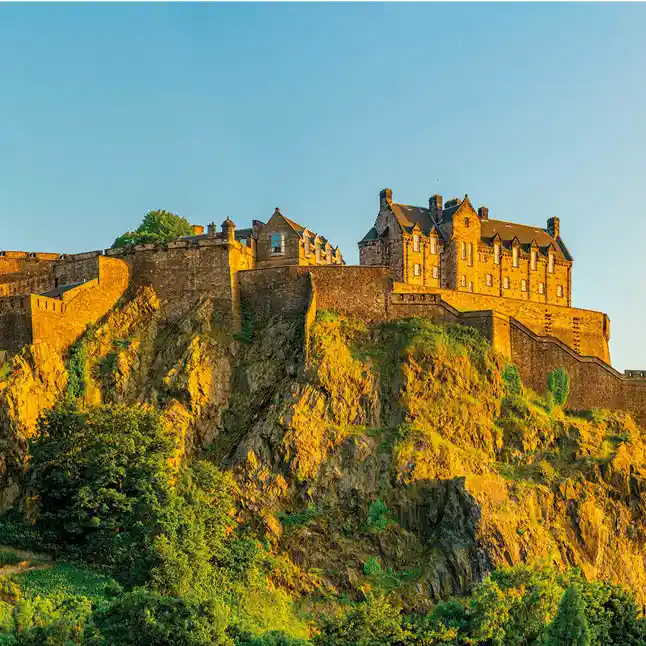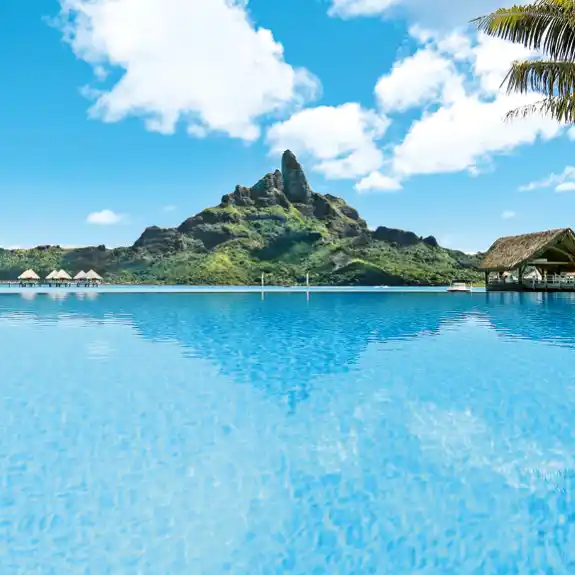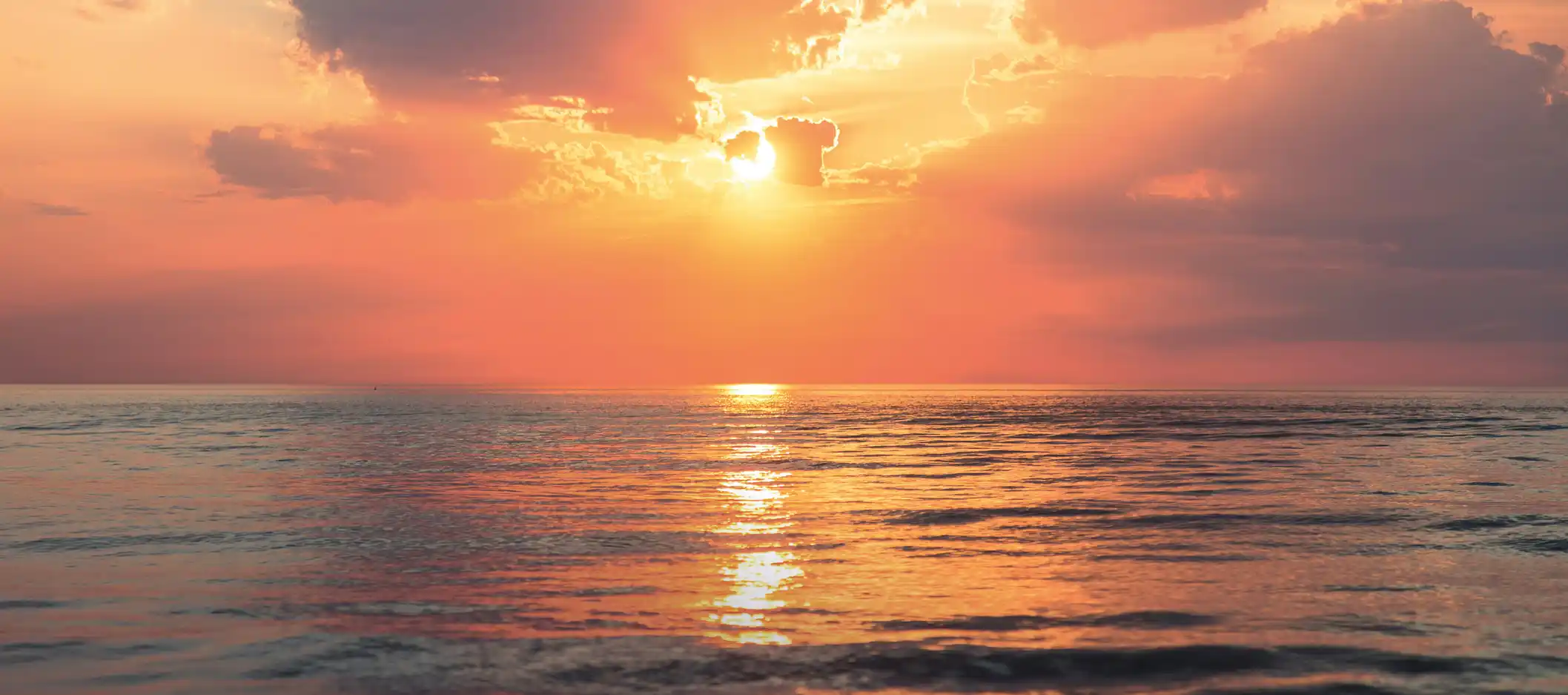The best deals with Princess
Without a doubt, a transpacific cruise is one of the best ways to explore the most exotic destinations in the world.
Crossing the vast Pacific Ocean connects cultures as diverse as those of Asia, Oceania, and America. From the tropical landscapes of Hawaii to the vibrant cities of Tokyo and Sydney, the Pacific offers a unique blend of history, nature, and modernity.
Enjoying magical sunsets at sea, discovering ancient traditions in small ports, or tasting delicious local cuisine makes a transpacific journey an unforgettable experience for any traveler in search of adventure and luxury.













